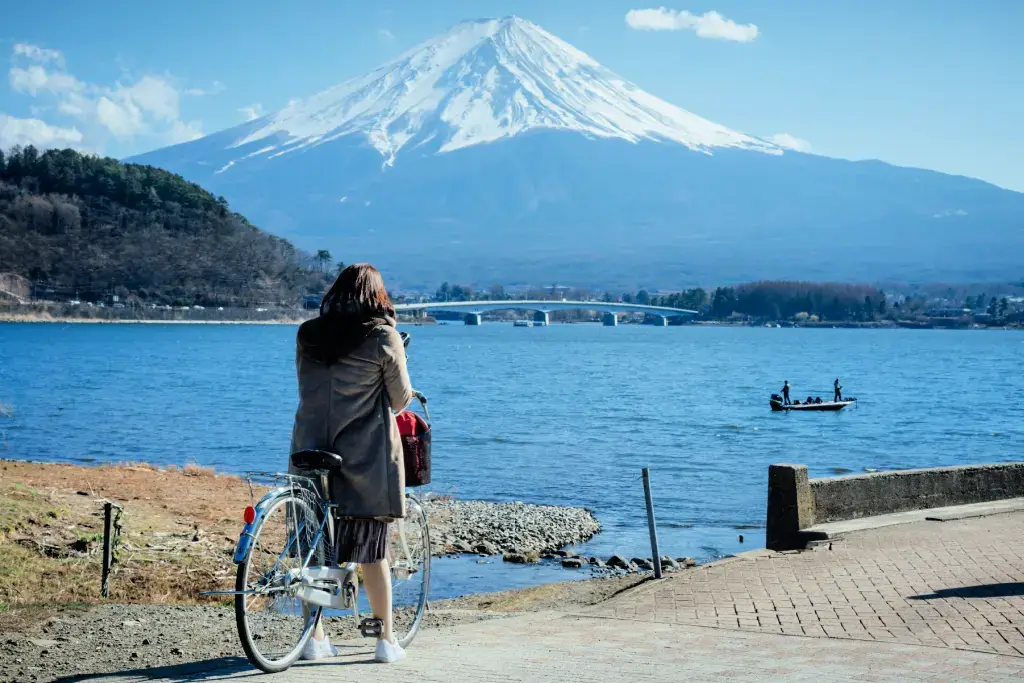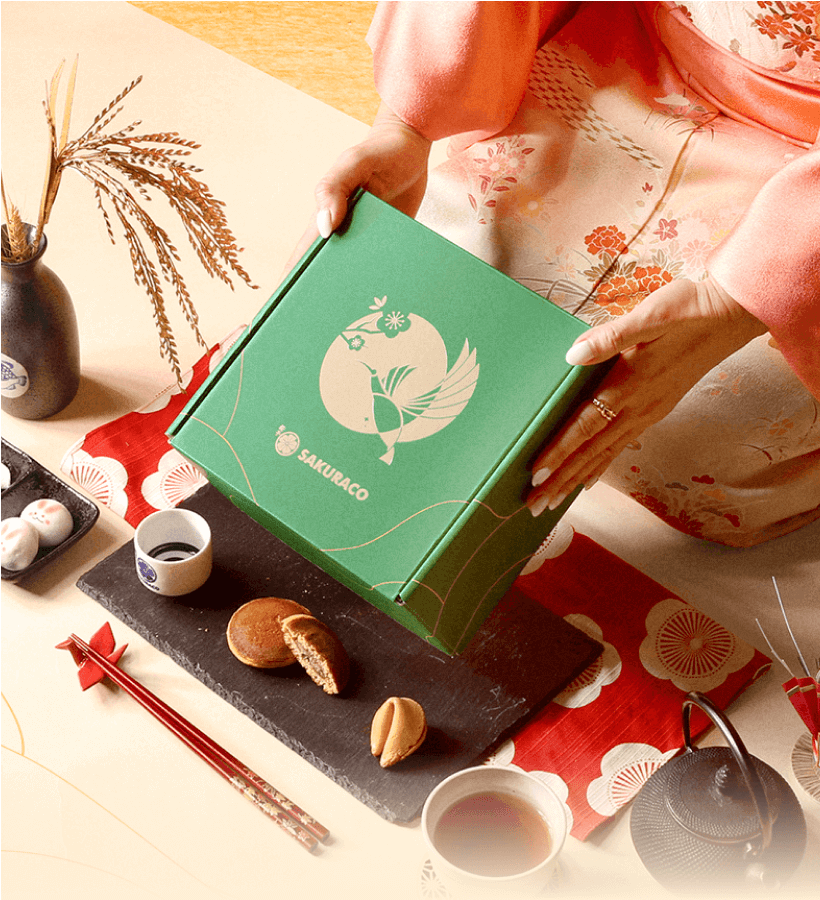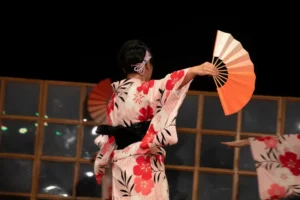In Japanese tradition, Mount Fuji is considered one of the “three holy mountains” and has been a sacred place for travelers and artists. Whether you climb its peak, admire it from afar, or enjoy artworks inspired by it, the mountain’s beauty and uniqueness never fail to impress. Let’s find the answer to the question “Where is Mount Fuji, Japan?” and explore more about this one-of-a-kind mountain!
Table of Contents
ToggleWhere is Mount Fuji, Japan?
Mount Fuji, or Fujisan, stands proudly on Honshu, right between Shizuoka and Yamanashi prefectures. At 3,776 meters (12,389 feet) tall, it’s Japan’s tallest peak, so tall that on a clear day you can even spot it from the busy streets of Tokyo! The mountain is also part of Fuji-Hakone-Izu National Park and was named a UNESCO World Heritage site in 2013.
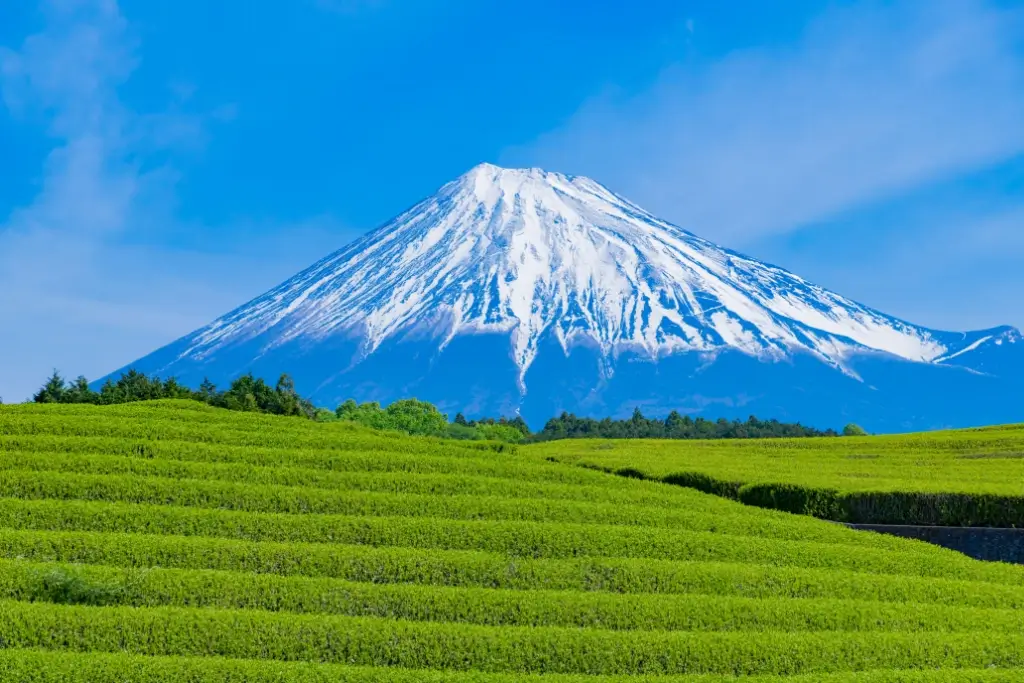
This nearly perfect cone-shaped volcano formed over hundreds of thousands of years from layers of lava and ash. The present mountain is a “triple layer” of older volcanoes stacked over time, with the newest one, called Shin Fuji, shaping its elegant peak.
The mountain’s two sides each have their charm. The Shizuoka side, known as Onna Fuji (female Fuji), has softer and graceful slopes, while the Yamanashi side, Otoko Fuji (male Fuji), looks bold and strong with broader shoulders. The Yamanashi side is home to famous attractions like the Fuji Five Lakes, while Shizuoka offers breathtaking coastal views alongside the mountain.
What are some notable sights around this mountain?
When people ask, “Where is Mount Fuji, Japan?”, the answer is not just about a tall mountain; it’s also about the beautiful places that surround it. Around this majestic peak, you can find peaceful lakes, charming villages, grand temples, and scenic parks, each offering a different way to enjoy the mountain’s beauty.
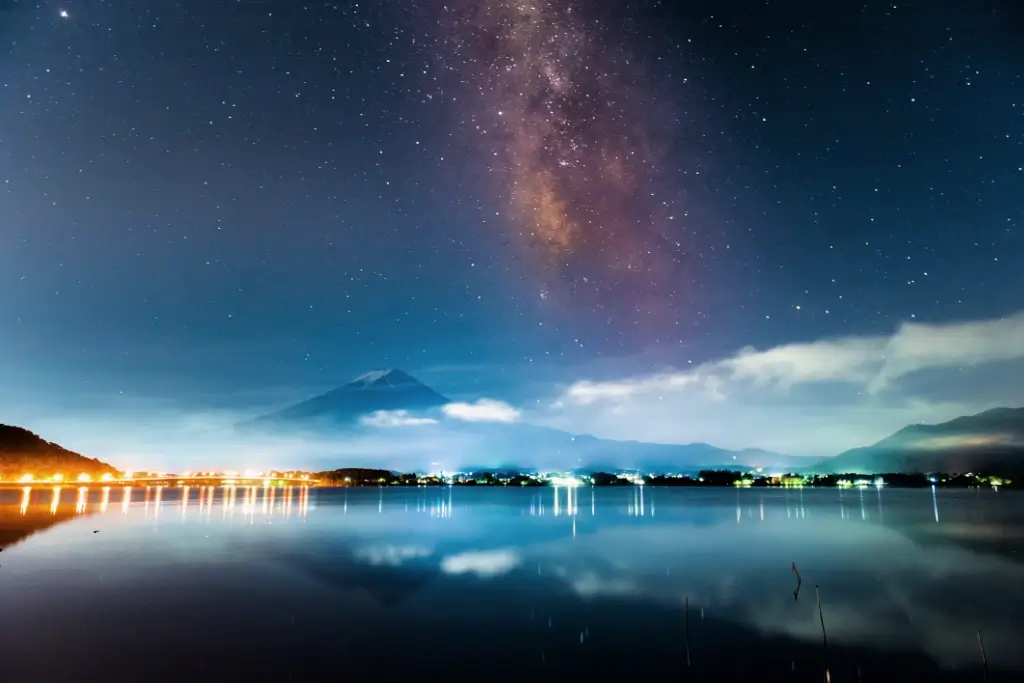
One of the most famous spots is Chureito Pagoda, a red five-story pagoda standing high on a hillside. From here, Fujisan rises perfectly in the background, especially during cherry blossom season or when autumn leaves cover the hills. Not far away, Oshino Hakkai offers eight crystal-clear ponds fed by Fuji’s melting snow, surrounded by thatched-roof houses and wooden bridges.
If you love peaceful scenery, Lake Kawaguchiko is a must-see. The calm waters mirror Mount Fuji’s reflection like a painting, especially at sunrise or sunset. Another hidden treasure is Gotemba Peace Park, where a shining white stupa holds relics of Buddha. From its hillside location, you can admire expansive, open mountain views.
What should I do when visiting Mount Fuji?
One unforgettable experience is climbing this lofty mountain during the official season from early July to early September. Many hikers start at night to reach the summit by sunrise, a stunning moment called Goraiko, when the first light spills over the clouds. The climb takes you through forests, rocky paths, and volcanic slopes, with mountain huts to rest at.
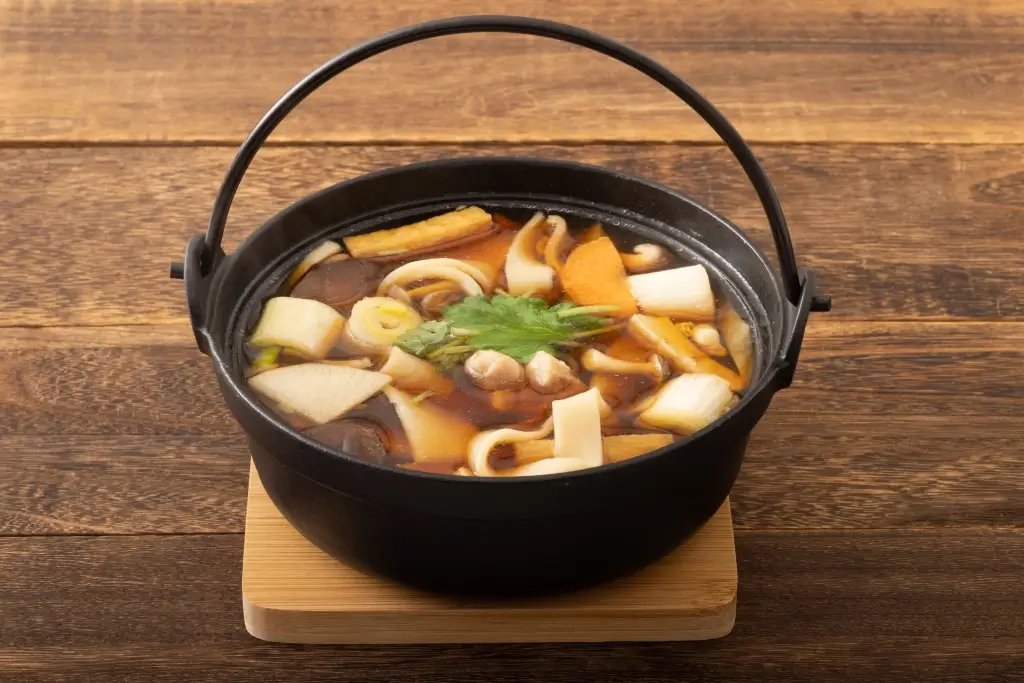
Not to mention, you shouldn’t leave without tasting the local flavors! Enjoy a steaming bowl of hoto, thick noodles in a rich miso soup filled with vegetables. Then, cool down with black sesame ice cream. Finally, stroll through local shops to find Mount Fuji-themed souvenirs, ranging from hand-painted fans to wasabi-flavored snacks.
How can I enjoy the view of Mount Fuji in the best way?
Relishing the view of Mount Fuji is even better when you have tasty snacks and a warm cup of tea. Fuji-themed snacks make the experience even more fun. You can try a soft Fuji Chiffon Cake with a light dusting of sugar, buttery Fujiyama Cookies in matcha or chocolate flavor, or smooth Fuji Yokan made from sweet red beans. For traditional treats, crunchy agemochi (fried rice cakes) and crispy senbei (rice crackers) are all perfect to enjoy while viewing the mountain.
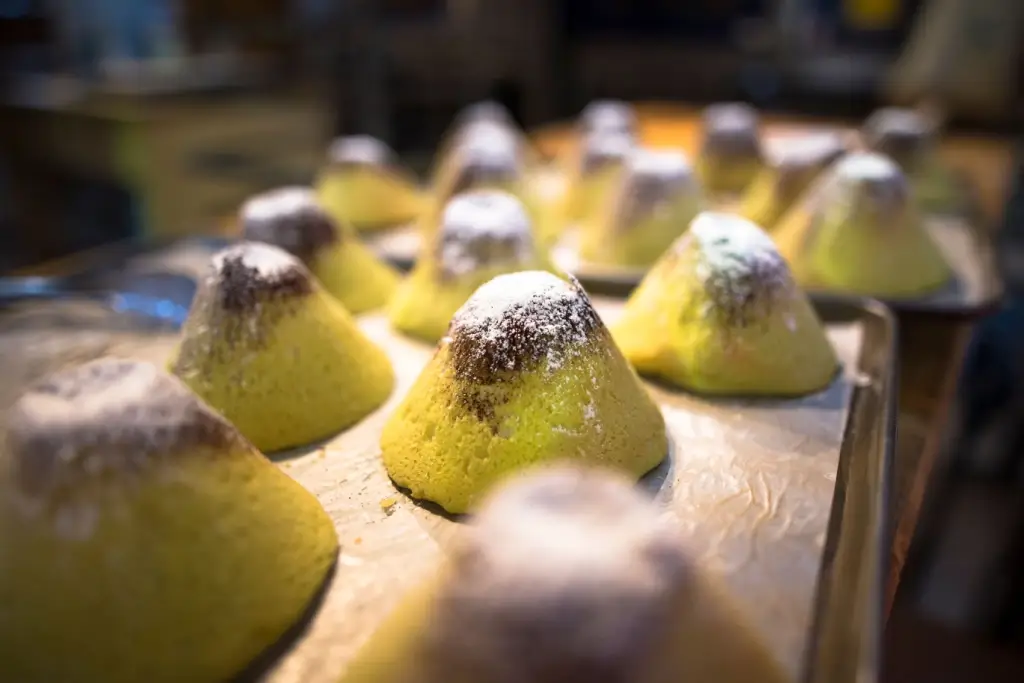
In Shizuoka, there are many peaceful spots where you can see the mountain. This region is also famous for its high-quality green tea, and it’s one of the best places to drink tea while seeing Fujisan. Try deep-steamed Fukamushicha from Makinohara, sweet and gentle Tenryu, rich Gyokuro from Shida, or fragrant Kawane. Each one has its taste, but all are fresh and smooth.
How has Fujisan come to life in art?
This soaring mountain has been an artist’s favorite subject for centuries because of its perfect shape, changing colors, and deep meaning in Japanese culture. Its snowy top, calm slopes, and presence in every season make it charming and inspiring. Painters and printmakers have shown it in bright reds, soft blues, and even hidden in mist, making each artwork feel fresh and full of life.
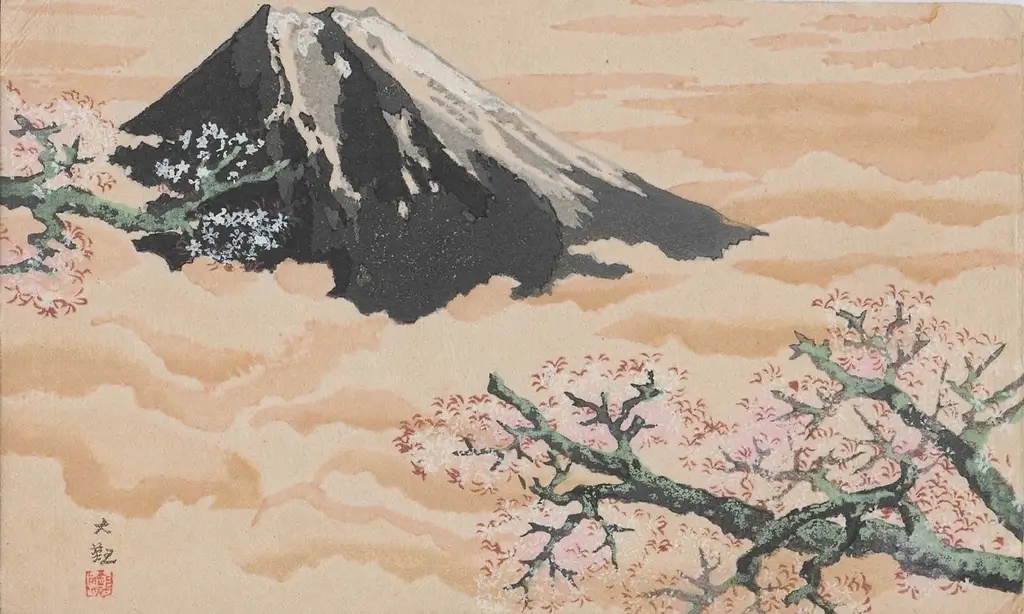
One of the most famous examples is Katsushika Hokusai’s The Great Wave off Kanagawa. While the huge wave takes center stage, the mountain appears small and peaceful in the background, showing its strength against wild nature. In another of Hokusai’s works, South Wind, Clear Sky, the majestic peak turns bright red under the summer sun, standing boldly under a blue sky.
Moreover, many artworks show how Fuji connects to daily life and nature. In Kajikazawa in Kai Province, Hokusai places a fisherman at the river’s edge, with Fuji watching from afar. The Sea at Satta in Suruga Province by Utagawa Hiroshige pairs dramatic waves and cliffs with the mountain’s calm, snow-capped peak.
Why should I explore this mountain this summer?
Many travelers wonder, “Where is Mount Fuji, Japan?” The answer is not only about location but also about its meaning. Mount Fuji is a proud symbol for the Japanese people, standing quietly through centuries of change. Its balanced form and ever-changing face have long inspired poems, paintings, and prints that are now treasured worldwide.
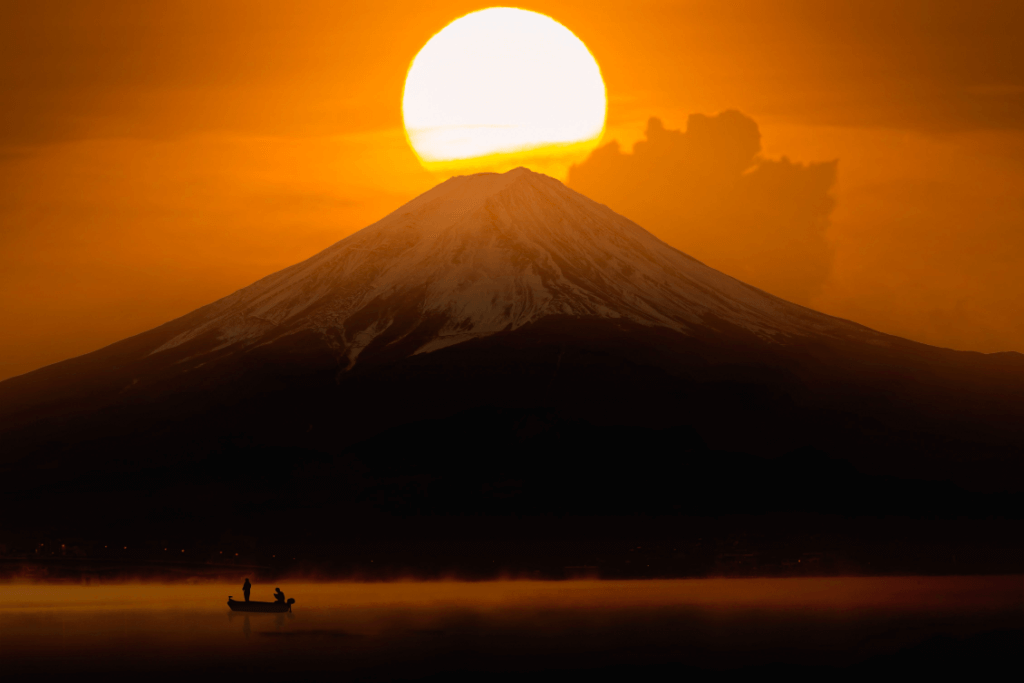
The mountain’s grand slopes, shining with snow or glowing under the sun, are a reminder of nature’s power and grace. At the same time, its image has been shared through art for generations, so even people far from Japan know its shape. This sharing is a kind of preservation, keeping its spirit alive in the hearts of those who admire it. So, what’s the first thing you’d do as awe washes over you if you see it this summer? Share your thoughts in the comments!

